Figures & data
Figure 1. Schematics of transpiration inhibition treatments used in this study (Control: control plot, TU: treatment applied on the upper sides of the leaves, TD: treatment applied on double sides of the leaves).
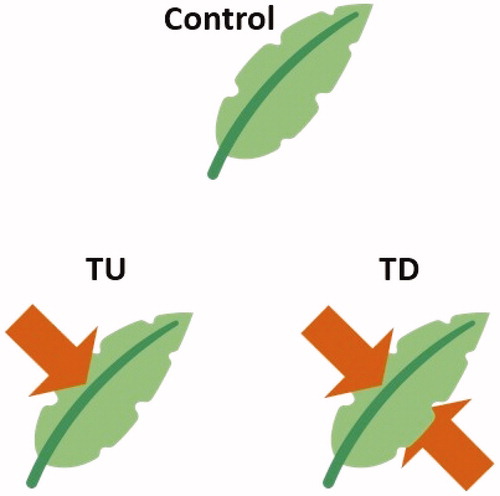
Figure 2. Changes in environmental factors during experiment day, (a) temperature, (b) relative humidity, (c) light intensity (PPFD: photosynthetic photon flux density) and (d) vapor pressure deficit.
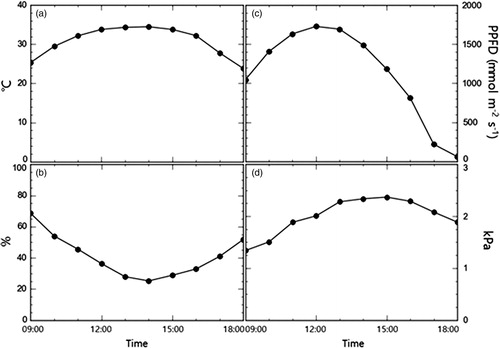
Figure 3. Comparison of daily patterns in (a) transpiration rate and (b) stomatal conductance in the three plots.
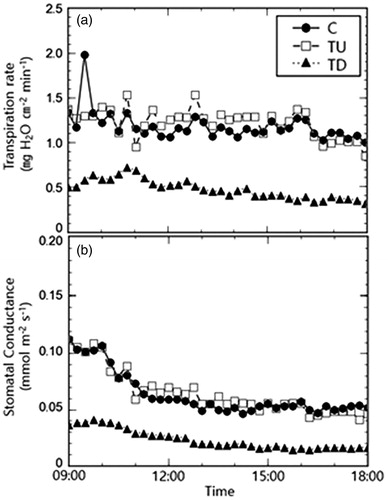
Figure 4. Changes in the physiological responses of Zelkova serrata with different transpiration inhibition treatments. Variables recorded were (a) photosynthetic rate, (b) water use efficiency (WUE), (c) sap velocity, and (d) bark temperature.
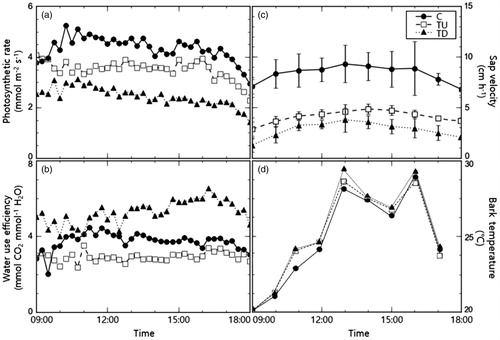
Figure 5. Correlation graphs between transpiration rate and each physiological response investigated in this study. The effects of inhibiting the transpiration rate of Zelkova serrata on (a) photosynthetic rate, (b) water use efficiency, (c) sap velocity, and (d) bark temperature.
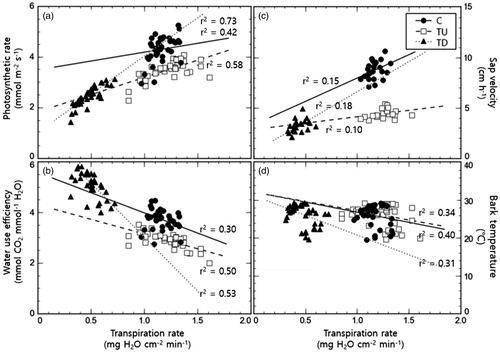
Table 1. Temperature changes between tree bark and atmosphere during the day in each of the plots (± standard deviation).
